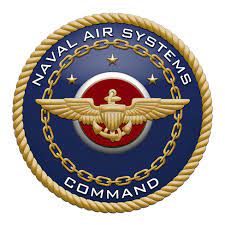- Comparing the CMV-22B to the C-2A Osprey
- How the propellers work for vertical takeoff
- Upgrades to the avionics system

The CMV-22B Osprey is the Navy’s long-range/medium lift element of the intra-theater aerial logistics capability. This tiltrotor V/STOL aircraft can takeoff and land as a helicopter but transit as a turboprop aircraft. An aircraft with these capabilities will help give the Navy a significant increase in capability and operational flexibility over the C-2A model. The Osprey can operate by the shore or by the sea as a critical warfighting enabler, providing the time sensitive combat logistics needed to support combat operations. This aircraft has extended range compared to the earlier versions as well as improved fuel dump capability, a public address system for passengers and an improved lighting system for cargo loading.
The CMV-22B will be capable of transporting up to 6,000 pounds of cargo/personnel to a 1,150 nautical mile range. The avionics carried by aircraft include autopilot, a forward-looking infrared system, global positioning system (GPS), inertial navigation system (INS), tactical air navigation system (TACAN), VHF radio navigation, instrument landing system (ILS) and fly-by-wire flight control. The tiltrotor will have two rotors with three-blade propellers mounted on each wingtip. The propellers will be driven by two Rolls-Royce Liberty AE1107C two-shaft axial engines with 6150 shp. Each engine will have a 14-stage compressor, dual full authority digital engine controls (FADECs), a two-stage power turbine and a two-stage gas generator turbine.


